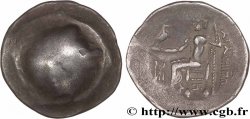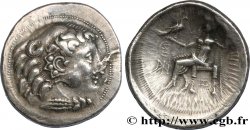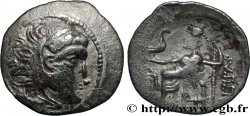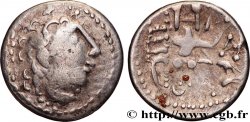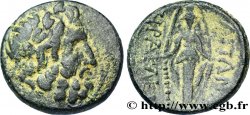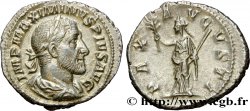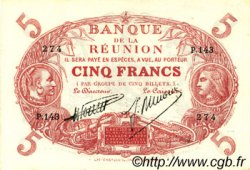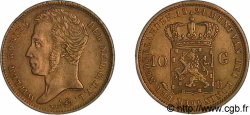v15_1449 - DANUBIAN CELTS - IMITATIONS OF THE TETRADRACHMS OF ALEXANDER III AND HIS SUCCESSORS Drachme, imitation du type de Philippe III
MONNAIES 15 (2002)
Starting price : 125.00 €
Estimate : 250.00 €
unsold lot
Starting price : 125.00 €
Estimate : 250.00 €
unsold lot
Type : Drachme, imitation du type de Philippe III
Date: c. IIe siècle AC.
Metal : silver
Diameter : 15,5 mm
Orientation dies : 1 h.
Weight : 2,57 g.
Rarity : R1
Coments on the condition:
Portrait stylisé sur un flan légèrement bombé, mais de beau style comme les deux précédents exemplaires. Revers pratiquement complet de style fin
Catalogue references :
Predigree :
Cet exemplaire provient de MONNAIES II, 21 juin 1997, n° 614
Obverse
Obverse legend : ANÉPIGRAPHE.
Obverse description : Tête stylisée d’Héraklès à droite, coiffée de la léonté.
Reverse
Reverse legend : RESTES DE LÉGENDE, FORMÉ DE LETTRES PERLÉES.
Reverse description : Zeus assis à gauche, tenant un aigle de la main droite et un sceptre long de la main gauche ; monogramme dans le champ à gauche.
Commentary
Cet exemplaire semble de même coin de droit que l’exemplaire du musée de Münich (n° 947).








 Report a mistake
Report a mistake Print the page
Print the page Share my selection
Share my selection Ask a question
Ask a question Consign / sell
Consign / sell
 Full data
Full data